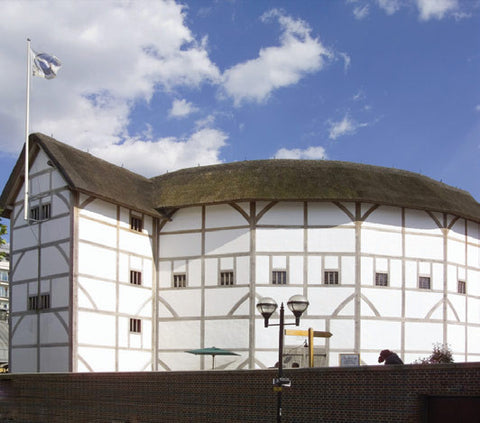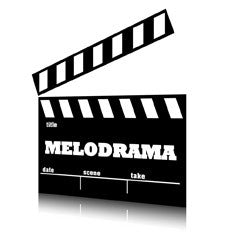
Slapstick and silent film
£14.95
Drama is one of the most important things in the lives of young people today; they watch it relentlessly on film and television, yet they know so little about what they are actually watching. Drama teachers commonly teach predominantly about the theatre, overlooking drama in other media, and yet, for most young people, theatre is a strange and irrelevant experience.
The aim of this scheme is threefold:
- To introduce the study of film history in an interesting way
- To take a movie drama form and translate it into a theatrical form
- To work on mime.
The term ‘silent movies’ refers to films made between around 1900 and 1927. With radio and television yet to be invented, silent film provided unrivalled mass entertainment; at its peak it was more popular worldwide than modern film is today. Film stars were more idolised in the 1920s than they are now. There is a common misconception that all silent movies were knockabout slapstick comedies; this is untrue since the range of films produced was every bit as diverse as the range of films produced today. Moreover, these films were truly international and universal; all you had to do was change the inter-titles and the film could be watched anywhere in the world, which is why Charlie Chaplin continued to make silent films right up until 1936, after the advent of talking cinema, or ‘talkies’.
Silent films were necessarily silent because the studios and the cinemas didn’t have the technology to record, synchronise and amplify sound. Making the actors speak on screen had been tried experimentally from
the very beginnings of cinema, but it took Hollywood’s influence to make it work. The term silent film is really a misnomer, as music was an essential part of the experience, both for the audience who watched them and the actors who made them. Small cinemas would employ a highly skilled pianist to improvise an accompaniment while major city picture palaces would have a large orchestra to provide the deluxe experience. Studios employed musicians to provide mood music for the actors while recording the films. It follows therefore that music plays an important part in this scheme of work; it is used as a background to underscore the action.
The lessons often employ a repeat and build model. Within this framework, a section is improvised, the improvisation is repeated and added to, and then this new longer section is repeated and further added to and so on. It enables the continual reinforcement of the activity and means that students require less time in discussion in order to devise a scene.
Scheme structure:
Lesson 1: slapstick
Lesson 2: the Keystone Cops car chase
Lesson 3: the cliffhanger serial
Lesson 4: the silent film
Number of lessons: 4



